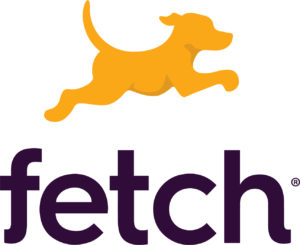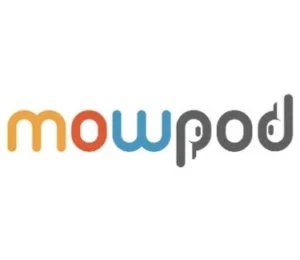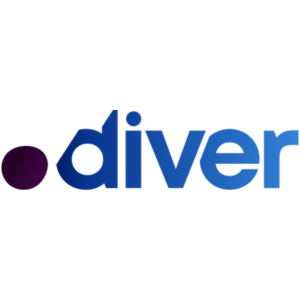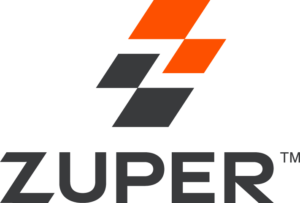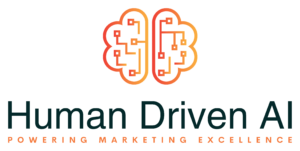How to drive engagement & results from your community — Jacob Peters // Commsor
Jacob Peters
Commsor
- Part 1The value of owning your community
- Part 2Setting up a community for long term success — Jacob Peters // Commsor
- Part 3 How to drive engagement & results from your community — Jacob Peters // Commsor
Show Notes
Quotes
-
“One of the main things in keeping engagements high is consistency and tradition. There is a misconception that if you stick a bunch of people in a room or in a virtual community, that engagement isjust going to happen. Oftentimes it is the Community Manager that has to stoke the fire or the initial conversation.” -Jacob“The Community Manager has to be the ones to come up with the initial engagement and drive forward a content plan. So we always encourage community managers to do things like create a content schedule. It doesn’t have to be fancy or sophisticated just do it consistently.” -Jacob“My takeaway here is, as the community founder you need to be seeding the community’s conversation yourself but you probably don’t want to be the only person talking.” -Ben “The first step is understanding that not everybody is going to be a super user.In a community world there is this phenomenon called the 99/1 rule. Basically this is the generally observable distribution of engagement across all communities and in fact, you often see it sometimes in inverse events. It basically means that 90% of people are going to passively observe, lurk, not really engage in a conversation and then 9% of people are actually going to be engaging in conversation, talking and then 1% of people are going to be driving the conversation. Those are the content creators.” -Jacob “I think of a bar metaphor here and it’s 90% of the people are in a country bar drinking Bud Light, 9% of the people are trying to pick up a date and 1% of the people are riding the mechanical bull.” -Ben “The key then is zeroing in on the 9% looking for a date and the 1% that want to ride the mechanical bull and finding ways and the community manager to empower them.” -Jacob“Empowering can come in many different shapes or forms, number one of which is basically just recognition. This can be something like a simple thank you. Depending on the community tools and the platforms you are using, this can come in the form of a gold star or some sort of badge or recognition. You can send them swag if you have physical t-shirts or stickers, for instance.” -Jacob“Or you can do something as simple as a Spotlight series where you may have a section of your blog or your community website where it is just like the faces of your community where you elevate these people that have shown penchants to contribute.” -Jacob“The first thing you need to do is think about the North Star for your community. A lot of companies and organizations, they start a community and they are not really guided by a North Star strategic reason for the community existing. There has to be a reason for the people to gather and on the flip side, there needs to be a reason for the community to exist in the first place, from a business perspective.” -Jacob“So if you are starting a community for acquisition or for lead gen, you needto think about setting up certain metrics or KPIs like what are the number of community qualified leads that are in our community today, and maybe are not customers.” -Jacob“If your community is a marketing initiative, you need to set up objectives around the number of community qualified leads that are in your community or the number of customers that have a community touchpoint.” -Jacob“The number one thing that is necessary for the community to exist is trust because if there’s no trust, there is no community. And as we talked about earlier, people do not like to be sold to, so the second that you make a community feel transactional as opposed to value-add, you become overtly sale-sy or pushy, you have the danger of poisoning the well.” -Jacob“The way in which you think about converting or getting community members that might be prospects to adapt your product or think about your product has to be done in subtle ways.” -Jacob“One of the biggest ones is content. Community members generate a lot of content. If it’s a digital community platform, they’re constantly asking questions, they’re helping one another, they’re sharing best practices and resources. That’s content that you can really keep your pulse to. It can help content that you’re writing.” -Jacob“The other thing that occurs to me is when you are onboarding members to your community, there’s the idea of having them fill-out a form to collect information. When you are collecting that information that can help you build your lead funnel, that can help drive activity in your email outreach, some of your other marketing channels, or drive people to webinars.” -Ben“Another business reason for starting a community can be product feedback. Anytime you have community members in an industry or users of a product in a centralized place where they can connect with one another, they are naturally going to be talking about things that you probably never even thought about or considered.” -Jacob“It gives you a unique ability to observe the conversations of your existing or your prospective customers, and understand truly how they feel about your products or services without actively asking them.” -Ben “There are a number of trends that we are seeing in the world of B2B community building. Community is no longer being looked at as a singular experience or singular platform. A lot of the biggest brands and companies are creating multi-channel experiences for their members. They are creating many different touchpoints and ways in which community members can interact.” -Jacob“We are seeing an absolute explosion of community tools. In fact we actually just launched a blog post in which we identified 240 different community tools that are out there. 2/3 of them were created in the last two years.” -Jacob“So there is a myriad of tools that people are using and essentially Commsur helps you evaluate who is active across the multiple different channels.” -Ben“When you think about Commsur, it’s your community operating platform essentially. It’s a centralized place to have a 360 degree view of all your community members, who they are, what they care about, how are they interacting with your customer channels and then ultimately once you have that data, you have the ability to be data-driven and metrics-driven about your community.” -Jacob“We are still in the very early innings of community for brands and B2B businesses. Most companies don’t have a community today. The ones that do, by and large, there are generally one or two community managers or community professionals. There are very few enterprises out there that actually have full scale community teams.” -Jacob“We very much see a future where companies will have Chief Community Officersand entire community teams and departments will be carved out as core functions within bigger businesses and Commsur will be the tool and system of record for all of those employees to use it.” -Jacob“I think you’re onto something. I think community isgoing to be important as consumers want to be advertised to less and there is sort of hit maximum content driving engagement and staying in front of your consumers in a way that provides value to them is getting harder and harder, and community is one of the creative ways that brands can start to do.” -Ben
- Part 1The value of owning your community
- Part 2Setting up a community for long term success — Jacob Peters // Commsor
- Part 3 How to drive engagement & results from your community — Jacob Peters // Commsor
Up Next:
-
Part 1The value of owning your community
Today we're going to discuss the value of building a community as a marketing channel. Joining us is Jacob Peters, a Co-Founder of Commsor, which is a community control center that places powerful analytics, automations, and engagement tools for world-class communities, focusing on B2B SAS brands. In part 1 of our conversation, we're going to discuss the value of owning your community.
Play Podcast -
Part 2Setting up a community for long term success — Jacob Peters // Commsor
Today we're going to discuss the value of building a community as a marketing channel. Joining us is Jacob Peters, a Co-Founder of Commsor, which is a community control center that places powerful analytics, automations, and engagement tools for world-class communities, focusing on B2B SAS brands. In part 2 of our conversation, we're going to discuss how to set up a community for long-term success.
Play Podcast -
Part 3How to drive engagement & results from your community — Jacob Peters // Commsor
Today we're going to discuss the value of building a community as a marketing channel. Joining us is Jacob Peters, a Co-Founder of Commsor, which is a community control center that places powerful analytics, automations, and engagement tools for world-class communities, focusing on B2B SAS brands. In part 3 of our conversation, we're going to discuss how to drive engagement and results from your community.





